观星指南(2023.01)
1月份的天空会发生什么?
行星会有一些近距离的相遇,冬天的明亮恒星,还有机会观测彗星。

1月份的天空会发生什么?
行星会有一些近距离的相遇,冬天的明亮恒星,还有机会观测彗星。
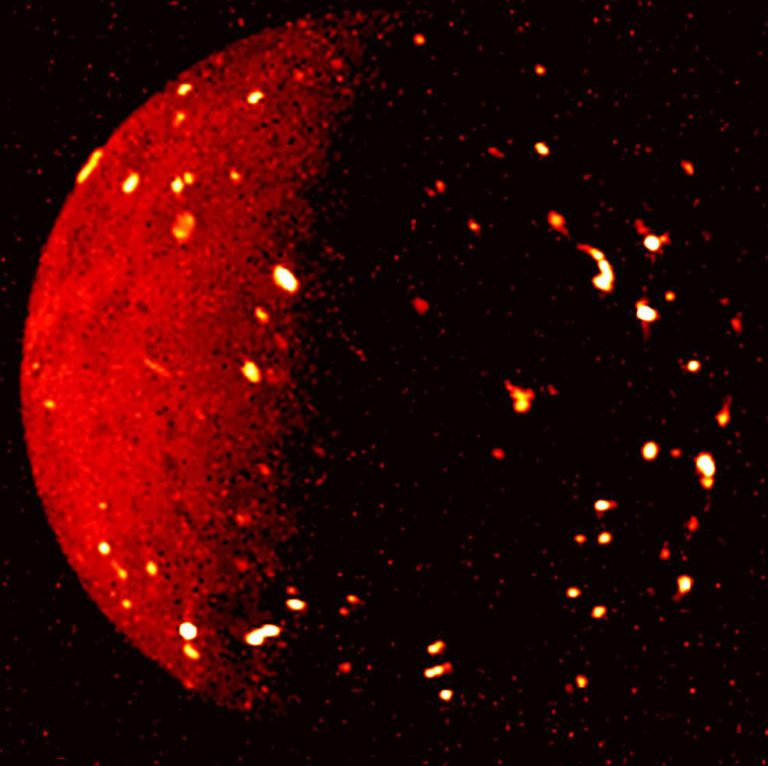
在揭示了木卫三(Ganymede)和木卫二(Europa)的大量细节后,木星探测任务将目光投向了姐妹卫星木卫一(Io)。
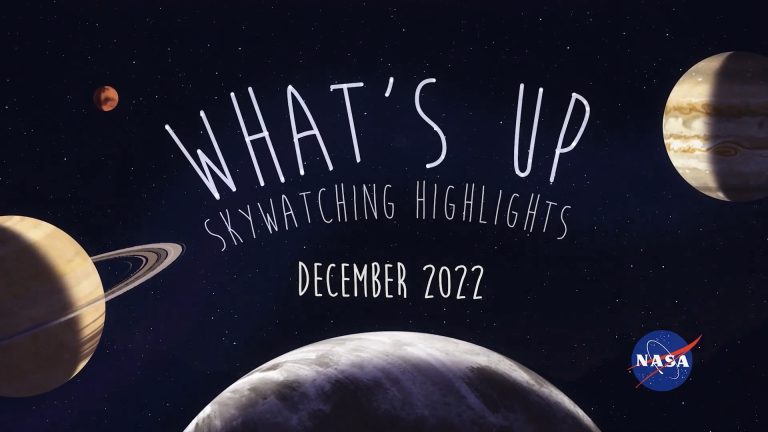
12月的天空会发生什么?你的夜晚行星的亮点,包括火星的消失和天马座。
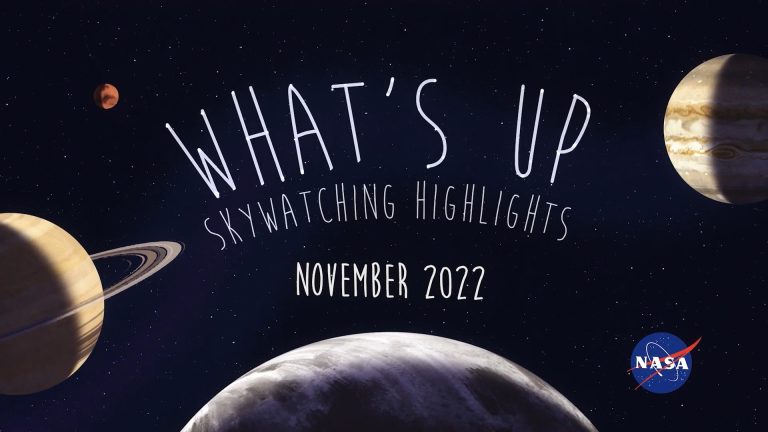
11月的天空会发生什么?月食,月球和行星,以及狮子座流星雨。

2022年10月3日 Jupiter’s Europa from Spacecraft Juno Image Credit & License: NASA, JPL-Caltech, SwRI, MSSS; Processing: Andrea Luck Explanation: What mysteries might be solved by peering into this crystal ball? In this case, the ball is actually a moon of Jupiter, the crystals are ice, and the moon is not only dirty but cracked beyond repair. Nevertheless, speculation is rampant that oceans exist under Europa’s fractured ice-plains that could support life. Europa, roughly the size of Earth’s Moon, is pictured here in an image taken a few days ago when the Jupiter-orbiting robotic spacecraft Juno passed within 325 kilometers of its streaked and shifting surface. Underground oceans are thought likely because Europa undergoes global flexing due to its changing gravitational attraction with Jupiter during its slightly…

十月份的天空会发生什么?夜晚有巨行星,火星改变方向,来自猎户座的流星。
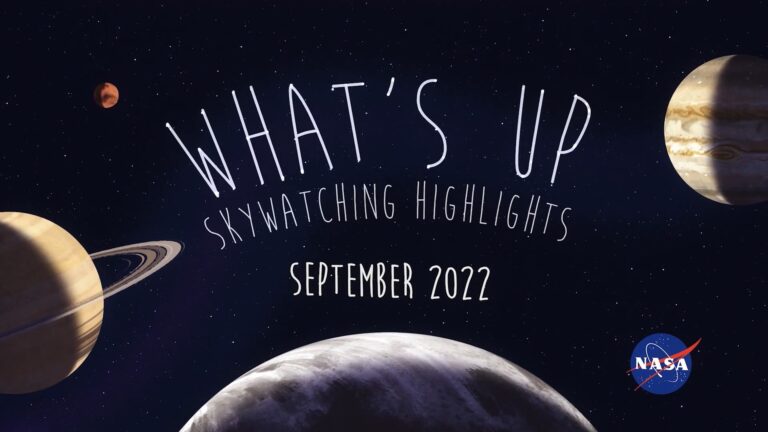
九月份的天空会发生什么?火星在移动,木星的最佳观测时间,以及一个在秋分点寻找方位的巧妙方法。
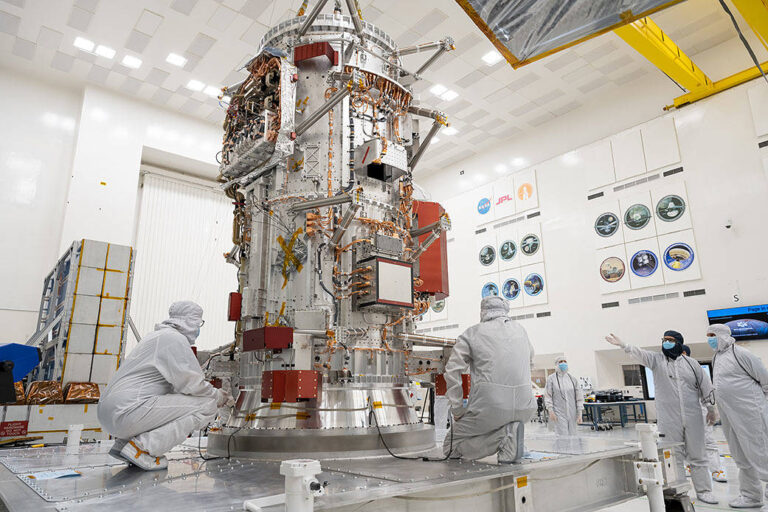
The core of NASA’s Europa Clipper spacecraft has taken center stage in the Spacecraft Assembly Facility at the agency’s Jet Propulsion Laboratory in Southern California. Standing 10 feet (3 meters) high and 5 feet (1.5 meters) wide, the craft’s main body will for the next two years be the focus of attention in the facility’s ultra-hygienic High Bay 1 as engineers and technicians assemble the spacecraft for its launch to Jupiter’s moon Europa in October 2024. See more images of the spacecraft coming together. Credits: NASA/JPL-Caltech NASA的欧罗巴快船的核心部件在位于南加州的喷气推进实验室的航天器组装设施中占据了中心位置。该航天器高10英尺(3米),宽5英尺(1.5米),在接下来的两年里,它的主体将成为该设施超卫生的高湾1号的关注焦点,工程师和技术人员将组装航天器,以便于2024年10月发射到木星的卫星欧罗巴。 请查看更多关于航天器的图片。 影像来源:NASA/JPL-Caltech
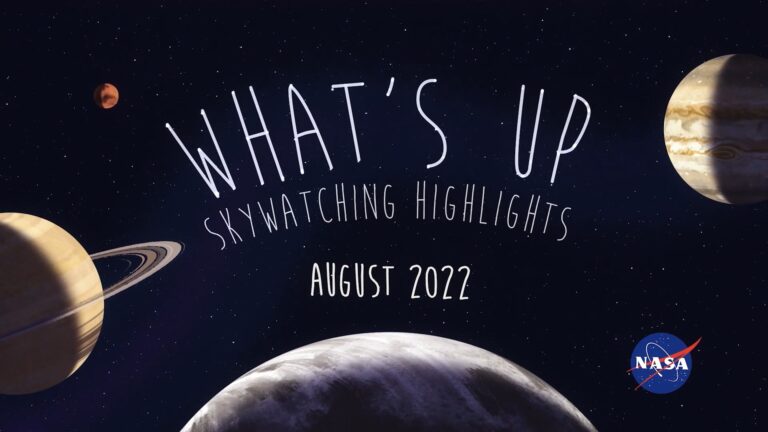
八月份的天空会发生什么?拿起你的双筒望远镜来观测行星,展望英仙座,以及和天鹅座一起翱翔。

2022年7月17日 Europa and Jupiter from Voyager 1 Image Credit: NASA, Voyager 1, JPL, Caltech; Processing & License: Alexis Tranchandon / Solaris Explanation: What are those spots on Jupiter? Largest and furthest, just right of center, is the Great Red Spot — a huge storm system that has been raging on Jupiter possibly since Giovanni Cassini’s likely notation of it 357 years ago. It is not yet known why this Great Spot is red. The spot toward the lower left is one of Jupiter’s largest moons: Europa. Images from Voyager in 1979 bolster the modern hypothesis that Europa has an underground ocean and is therefore a good place to look for extraterrestrial life. But what about the dark spot on the upper right? That is a…